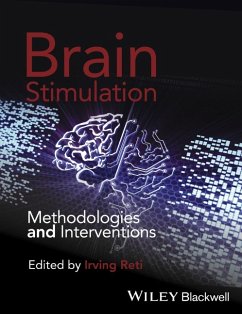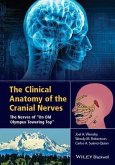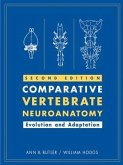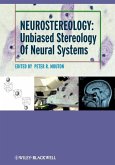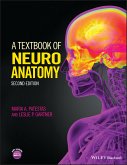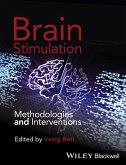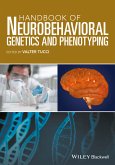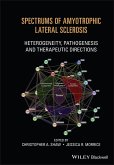Brain stimulation technologies are both tools to probe brain function and to provide therapeutic options for patients with neuropsychiatric disease where pharmacological options are not viable. Although the field has been in existence for over seventy years, research interest in brain stimulation has been on the rise particularly in the last two decades.
Brain Stimulation: Methodologies and Interventions is an introduction to the field of brain stimulation technology and its applications. The book explores how brainstimulating technologies work in the context of brain pathways that mediate normal and abnormal brain function. Chapters cover neuroanatomy and activity dependent changes in neuronal function triggered by brain stimulation, as well as applications of brain stimulation technologies themselves, including noninvasive procedures that rely on convulsive or seizure therapeutics, and non-convulsive therapies such as magnetic and electrical brain stimulation.
Authored by an international group of leaders in the field, Brain Stimulation is a valuable resource for both neuroscience researchers and clinicians.
Brain Stimulation: Methodologies and Interventions is an introduction to the field of brain stimulation technology and its applications. The book explores how brainstimulating technologies work in the context of brain pathways that mediate normal and abnormal brain function. Chapters cover neuroanatomy and activity dependent changes in neuronal function triggered by brain stimulation, as well as applications of brain stimulation technologies themselves, including noninvasive procedures that rely on convulsive or seizure therapeutics, and non-convulsive therapies such as magnetic and electrical brain stimulation.
Authored by an international group of leaders in the field, Brain Stimulation is a valuable resource for both neuroscience researchers and clinicians.
Dieser Download kann aus rechtlichen Gründen nur mit Rechnungsadresse in D ausgeliefert werden.

